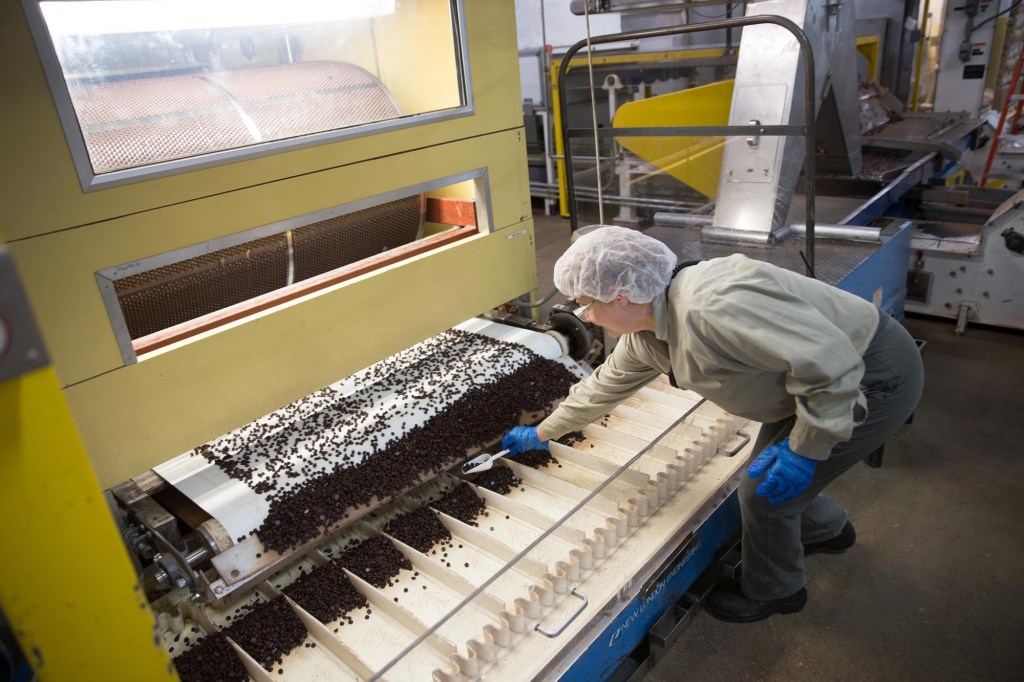Ilena Peng | (TNS) Bloomberg News
Last fall, Hershey Co. repurchased a factory outside Ottawa that it closed more than a decade earlier. Blommer Chocolate Co., a U.S. rival, is expanding in Ontario while it shutters an 85-year-old Chicago plant. Oreo-maker Mondelez International Inc. says it has invested $250 million in Ontario manufacturing facilities just in the last few years.
Although Canada is far too cold to grow enough sugar for its candy industry, it has managed to attract hundreds of millions of dollars of investment in recent years to expand capacity. Some of that can be attributed to a rising population, but many in the industry say it’s the long-standing protectionist measures in place south of the border that are sweetening Canada’s appeal.
“High U.S. sugar prices over the long term is the driver of chocolate and candy production in Canada,” said Sébastien Pouliot, an agricultural economist and consultant based in Québec.
The U.S. sugar industry is heavily protected, and buyers such as confectioners and processed-food makers can only import certain amounts of raw and refined sugar before incurring hefty tariffs. The decades-old regulations are intended to protect U.S. farmer profits and prevent other countries from flooding the country with sugar. But critics say it also keeps U.S. sugar prices artificially high, burdening American sweets companies and refineries trying to operate at home.
In 2013, the difference between U.S. and global sugar prices was only a couple of pennies per pound. But production challenges at home and in neighboring Mexico have driven U.S. sugar futures to almost twice the global benchmark price. That makes it increasingly attractive for companies to make candy and cookies in Canada instead, then ship some of their production to U.S. consumers. Many of those finished goods can enter the U.S. and avoid quotas that dictate the more “tightly managed” trade in refined and raw sugar, said Alex Smith, a…
Read the full article here







